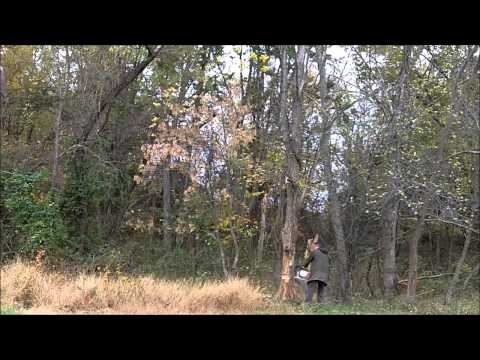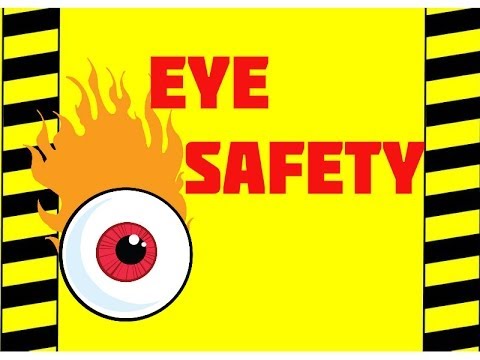Do not think because an accident hasn’t happened to you that it can’t happen.
OSHA requires that chainsaw operators use chainsaw chaps or pants. This is a good thing!
Do you have reflexes faster than your saw’s chain? Maybe if you are superman. If not, and you aren’t wearing chainsaw pants or chaps when you operate your saw…well, there’s a sign for that.
The CDC reports, “Each year, approximately 36,000 people are treated in hospital emergency departments for injuries from using chain saws.” Saw cuts are ugly cuts.
Saw pants/chaps are made with several layers of cut retardant material, often Kevlar, that prevents a moving chain from cutting through it. Upon contact the chain and sprocket become filled with fibers which jam the chain against the bar, slowing or stopping the chain’s movement. This gives the operator extra reaction time. At that second, the investment you made will be so worth it. No blood, no ER visit, no bills, still wearing two boots.
Fasten all the buckles on chaps and keep them snug. They should cover the full length of the thigh to two inches below the top of the boot. Even better, to the insole.
If you use a saw daily, it is wise to invest in safety pants. They look good, fit well, and you will be sure to have them on if you need them. They cost a bit more, but the added comfort makes them worth it.
When your cool chaps or pants arrive, take time to thoroughly read and understand the manufacturer’s care and use instructions. Chaps and pants must be washed. They aren’t effective dirty. Some are machine washable in cold water, but they don’t like the dryer or chlorine bleach. Read the care guidelines and follow them.
If you cut your saw chaps/pants, you must replace them. One cut, you chuck!
Always keep your chaps/pants on when using your saw. They are worthless in the truck.
Guess what else? Chaps are sexy…right up there with hard hats, safety glasses, and ear plugs.
Chaps work! You want to watch this video….
Behold Chainsaw Proof Pants in Action
Want to see what happens when your saw cuts your chaps? DON’T TRY THIS AT HOME!!! AT WORK!!! Anywhere…






















